Over my years of teaching, I have seen some unusual pencil holds. Some of them are so odd that I cannot even begin to replicate them!
Three year olds can be very independent people and generally don’t want to be told how to do something.
Their learning is best done when they figure it out for themselves. BUT… for great pencil grip, muscles need to be developed and this can be done in subtle ways without them knowing it!!
You can start teaching proper pencil hold from an early age. There are lots of fun ways to teach these motor skills.
For early learners that are not writing yet, palmer arches need to be developed. These are in the palm of the hand and the hand is developing a cupping action to hold things.
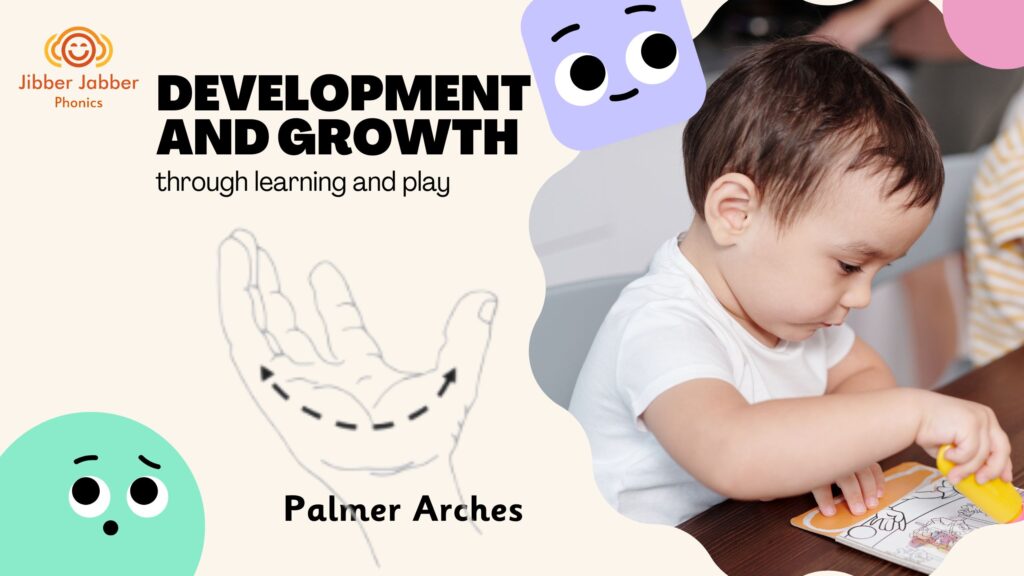
Small objects are good for this where the action is pinching, squeezing, and pushing or pulling objects apart. Learners could be;
- pinching pegs to clip things together,
- drawing with different size crayons,
- pushing toy cars,
- picking up buttons and sorting them into colours or sizes,
- squeezing paint bottles to make pictures,
- cutting lines on paper using scissors,
- helping in the kitchen with tongs to pick up food,
- holding gardening tools to help plant, sweep and dig the soil,
For students to have neat handwriting they need to hold their pencil or pen correctly so they can form letters easily and fluidly.
To hold a pen or pencil correctly strong finger development, hand muscles and dexterity are needed.
Correct pencil grip takes time. Regular practice with engaging activities will pay off in the long run and this is a long game.
Rushing into pencil hold does NOT make bones grow faster!!
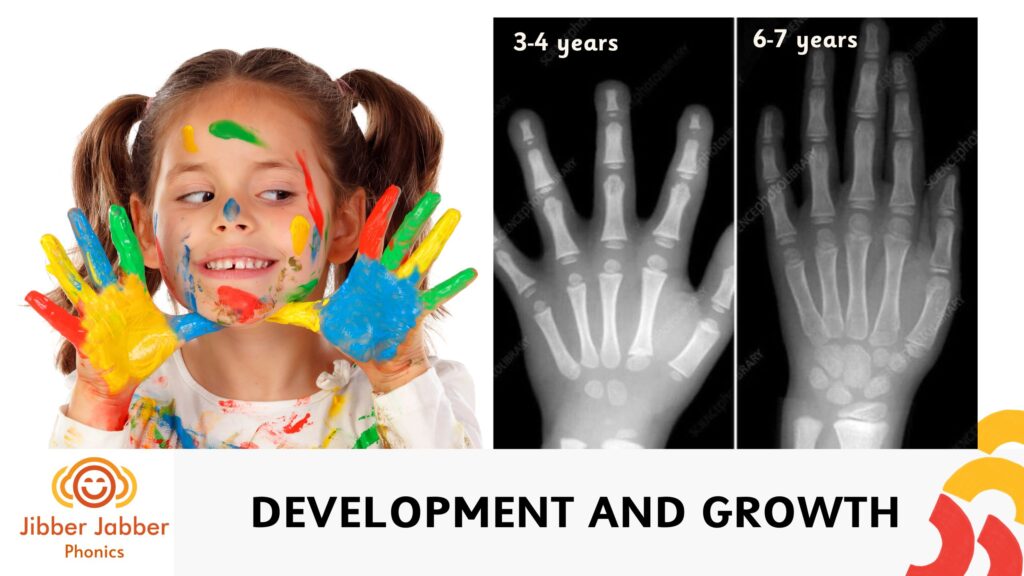
Muscle Development
If your student already has their own unique pencil hold then there’s no need to try and change it unless it’s not working for them.
When a student first picks up a pencil to start writing it is important to have a good hold of it because the muscles are being built at this early stage. Building the muscles in the hand will ensure they have the strength to hold a pencil.
You can try your developed and underdeveloped handwriting muscles for yourself by using the opposite hand to what you would usually use.
I am right-handed and it’s easy for me to write with that hand. I find it difficult to use my left hand because I don’t have the muscle strength for writing in this hand that my right hand does.

Pencil Hold
It is important to address a poor pencil grip early as incorrect pencil grip is painful and causes a child’s hand and arm to fatigue quickly.
The pencil should rest between the thumb and index finger. The middle finger prevents the pencil from falling and the last two fingers are tucked away.
Calling this grip froggy legs is fun for little ones as they move the pencil backwards and forwards and call it froggy legs.
If they’re struggling with what to do with the last two fingers give them a rubber or something small that they can hold inside their hand and grip with the last two fingers. This will help them to develop those muscles.
For older students that are sitting at a desk to write, their sitting position is also important. They should sit forming a triangle with the resting hand on the table, the other hand writing and their body making the third side of the triangle. This is for stability and for comfort while they’re writing.
When your early learner is at home it’s a great time to practice together. Remember that at this age learners have an attention span of between 3-7minutes.
Have two or three actives prepared to PLAY together. Changing the activity regularly will keep them engaged and developing muscles without even knowing that’s what they are doing. Try and make a regular 10-15 minutes a day to do fun activities.
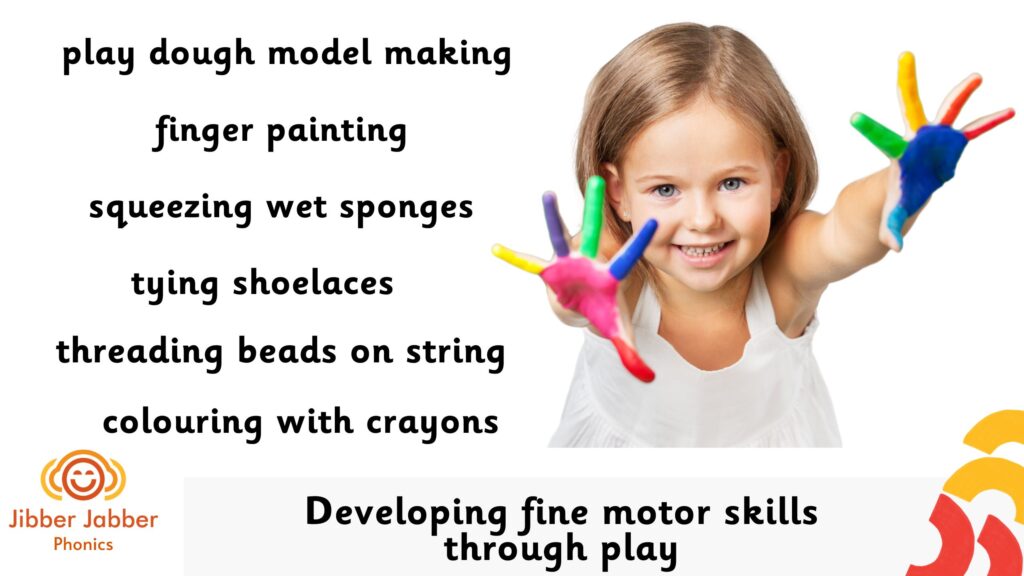
Always remember that when we are learning something it is difficult and challenging. When it becomes easy that’s because we have mastered it.
It is always important to remember that dedication and perseverance will be necessary to master the pencil hold for your early learners, but the outcome is something that they will use for the rest of their lives.
These are life skills you are teaching your learners.
Let me know in the comments below if you have found this useful.
If you liked this blog, then take a look at my YouTube channel and hit the Like button and subscribe.
This is an extract from my “How to Hold a Pencil and Write the Letters of the Alphabet Correctly”, an online self-study course which you can get here. https://jibberjabberphonics.thinkific.com/courses/pencil-hold-and-letter-formation
I can also help you to start your journey to teaching more reading and writing in your lessons.
Get your FREE “What is Phonics?” mini course. https://jibberjabberphonics.thinkific.com/courses/what-is-phonics
Join my FB group https://www.facebook.com/groups/jibberjabberphonicsgroup
You can also email me on vicky@jibberjabberphonics.com
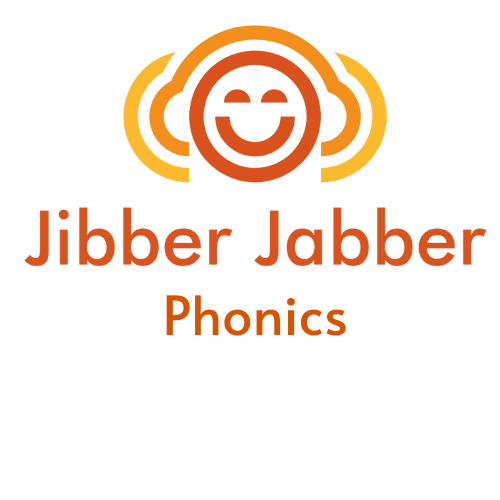
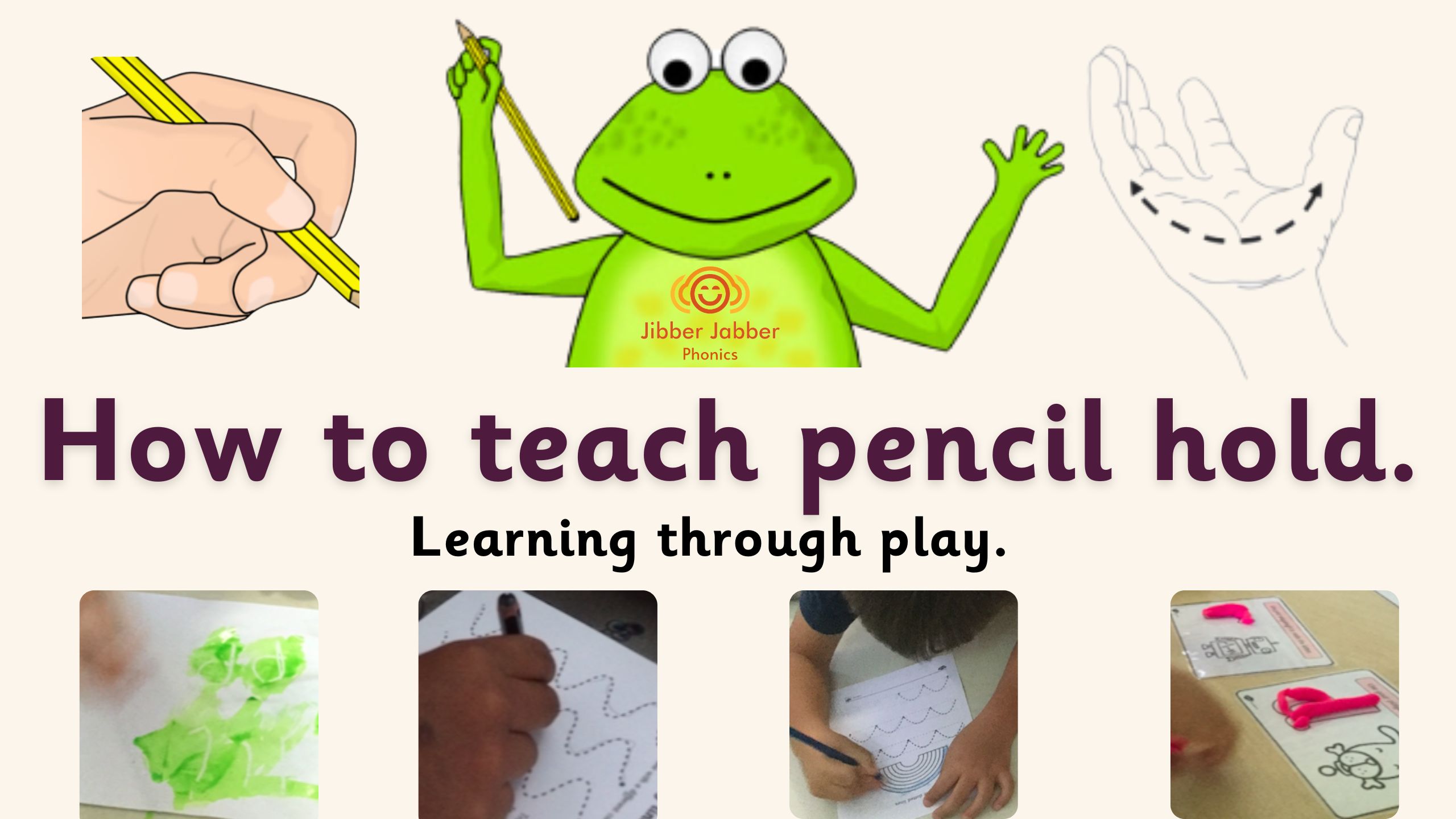
Great article 👏
Very informative and helpful 👍
Thank you Farah. I appreciate you taking the time to read it and comment.
This is by far the best article and resources I have seen in a while! Great job!
Thank you Aurora. It’s great to know that you have enjoyed reading it.